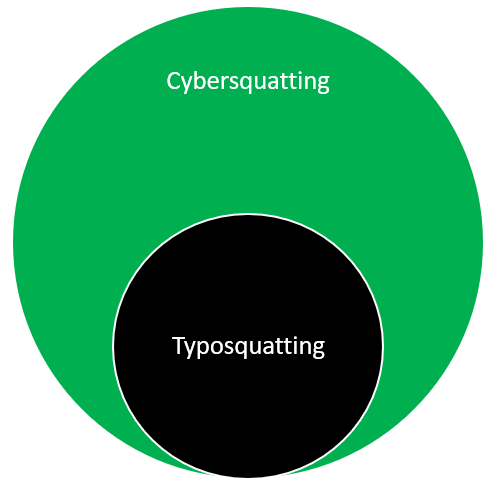

In this article, we will show you how to detect typosquatting. Typosquatting is not only a problem for users, but it also damages the brand’s and organization’s reputation, which is the target of typosquatting. Any brand could be picked, and sometimes it is even easier to perform this attack on lesser-known brands as the more believable domain names will be available for registering. Typosquatting is not limited only to well-known brands and websites. To increase the chance of a successful cyber-attack, hackers will try to mimic the look of the original website. This type of attack targets internet users who incorrectly type a URL into their web browser or click on a URL in a phishing e-mail. Typosquatting is a type of social engineering attack where a threat actor registers domains with deliberately misspelled names of known brands or websites and hosts malicious content on them or lures visitors to input sensitive data into the website. You can also report the site to us as an unsafe site in Microsoft Edge by going to Help and feedback > Report unsafe site, which will take you to. What should I do if I think I've arrived at a page I didn't want to go to via typosquatting? "" or "" are two examples of how typosquatters may try to trick you into visiting a fake versions of the website. There may also be less-subtle differences, like adding a word or some punctuation to a legitimate domain name. Adding, or removing, an "s" at the end of the domain name is another common trick. Watch for subtle spelling differences such as "" instead of "" or letters that have been substituted for numbers such as "". Usually just hovering your mouse pointer over the address will show you what address the link will really take you to. If you have to click on a link, look carefully at the address it's going to take you to. Never click a link you weren't expecting in an email or other message, even if it appears to come from a trusted person or organization. Give it a quick look, but it's usually safer to accept that suggestion. If you're typing in an address you've gone to before, your browser may offer to complete the address for you. If you do have to type an address into the address bar, type carefully and double-check that what you typed matches the address you intended to go to before you continue. Whenever possible go to your important sites like banking, social media, or shopping from your own saved favorites, rather than by typing them into the address bar of the browser each time.

Scroll down to the Security section and look for Website typo protection. You'll find that setting in Edge under Settings > Privacy, Search, and Services. Microsoft Edge includes a typosquatting checker that can warn you if you appear to have mistyped a common web address and may be directed to a malicious site. How can you prevent being misled by typosquatting? Sites using typosquatting to commit cybercrime will often look very much like the real site, in fact the criminals often "copy and paste" the real site to make it more likely innocent people will be fooled into giving up their personal information or downloading a malicious file.

#Typo squatting install
The next reason is far more dangerous, however.Ĭybercrime - Criminals involved in phishing or malware often use typosquatting to snare unsuspecting people by directing them to a site that may look like the real site, but actually tries to steal personal information or install malware.
#Typo squatting full
If you meant to go to and ended up at, a joke page, or a page full of ads instead, you would probably realize quickly that you're in the wrong place.

These first examples would be fairly easy to spot. Pranks - Such as a parody page of the legitimate one.Īds - To take you to a page that shows ads just to collect money for impressions or clicks.Ĭompetition - Though it's highly unethical, and often illegal - companies could try and register the similar domain names to their competitors in hopes of redirecting customers to their own sites. The reasons range from harmless to very harmful.


 0 kommentar(er)
0 kommentar(er)
